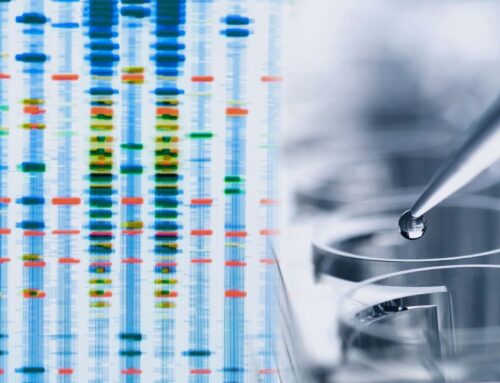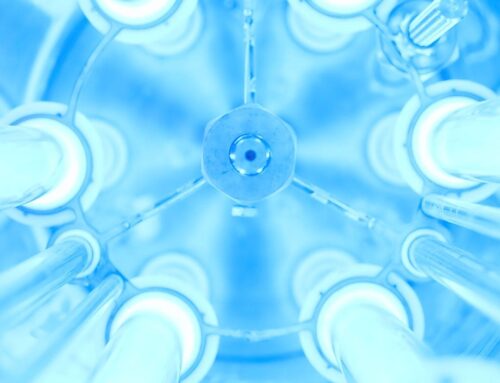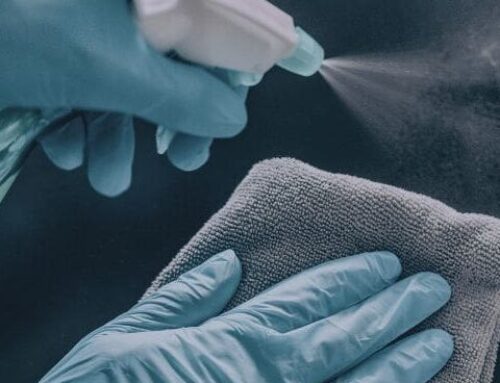The bacterium Mycobacterium tuberculosis causes the disease tuberculosis, which is a major threat to public health. Over one-third of people have been infected with this pathogen, primarily in developing countries. Though most infections remain asymptomatic, it is the second-leading cause of death from infection worldwide, killing more than one million people each year. Strains have recently emerged bearing resistance to several traditional antibiotics. These strains are called multi-drug resistant M. tuberculosis, or MDR-TB.
If your company is developing a tuberculocide, you are probably familiar with AOAC method 965.12, also called “Tuberculocidal Activity of Disinfectants.” This method is similar to the well known AOAC Use Dilution Method and is required by the EPA for tuberculocidal disinfection claims. The test organism is Mycobacterium bovis BCG, a vaccine strain that serves as a surrogate for M. tuberculosis. Since M. bovis grows very slowly in culture, the AOAC 965.12 method takes 90 days before the test results can be analyzed. Tuberculocidal disinfectant testing at Antimicrobial Test Laboratories is led by Dr. Grosse-Siestrup, who has years of experience working with a variety of pathogenic Mycobacterium species in BSL2 and BSL3 laboratories.
If your company has any questions about the pathogen, surrogate, or Mycobacterium test methods in general, give us a call and we will be glad to discuss it in more detail.




